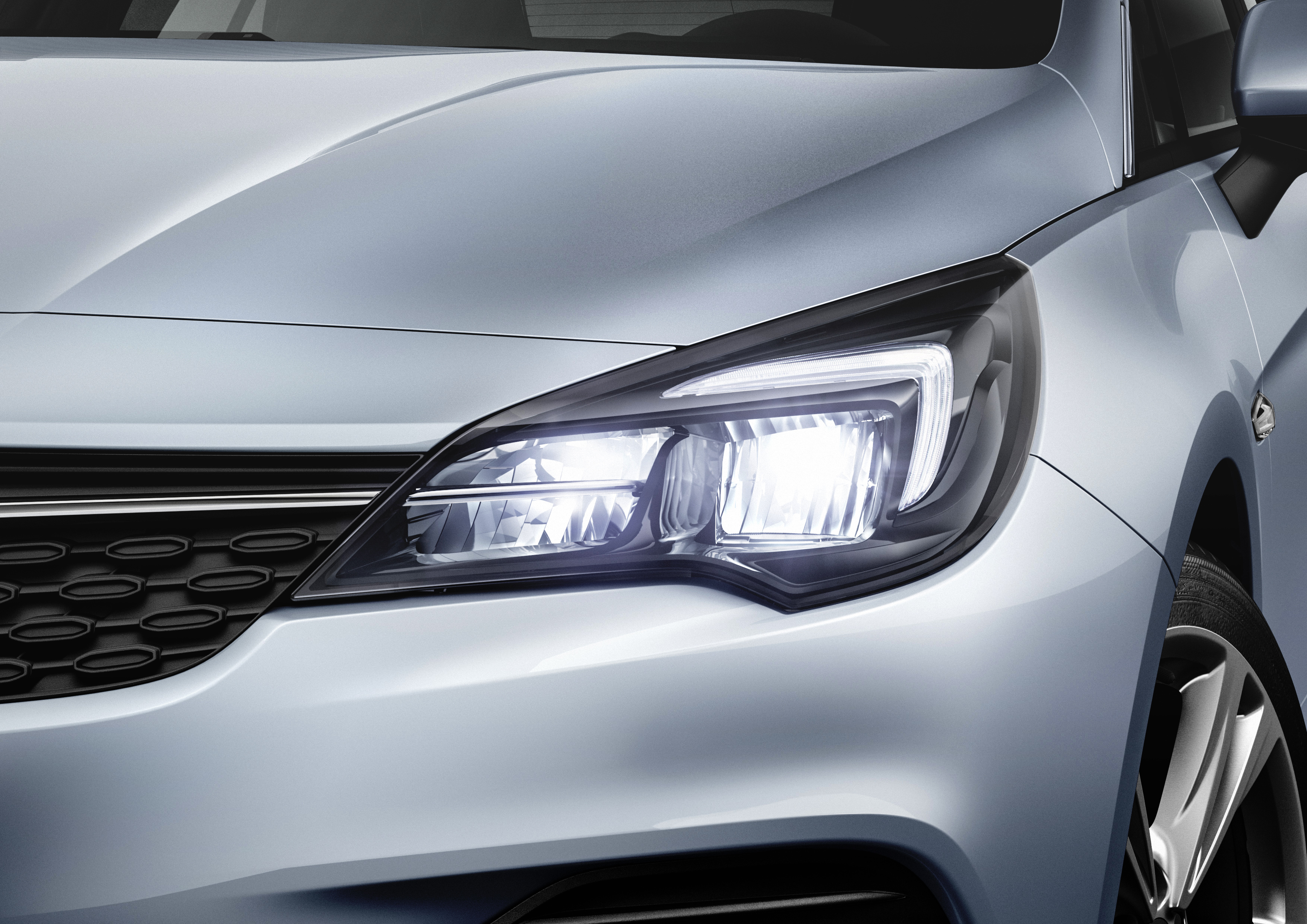Top tips to help you drive more safely in winter
These tricks and tips will make you safer on the road when temperatures fall.

As the temperatures get lower and the nights draw in earlier, it can pose both a challenge and a danger for drivers.
If you’ve got used to only driving in the light and warm weather, it can prove a shock when that all changes, so here we’ve got some top tips to help keep you safer on the roads in winter.
Check your car beforehand

Preparation is key in this world and one of the best things you can do is to check over your car before winter truly arrives. Colder weather puts a greater strain on elements such as batteries, meaning they’re far more likely to struggle or fail at this time of year than they are in summer, and the last thing you want is for a car not to start.
So if your battery is struggling to turn the car on, it might be time to replace it. Remember to check the vehicle fluid levels as well. When it comes to the windscreen washer fluid, you shouldn’t use water on its own as this will struggle to clear windows in the winter months – instead, get a dedicated solution with antifreeze in it.
Finally, having tyres in good condition is especially important in winter, when the roads tend to be wet and grip levels are lower. Make sure they’re correctly inflated, with no signs of damage and have plenty of tread. Although 1.6mm is the legal minimum, we’d advise having plenty more than this over winter. You could also think about choosing winter tyres, but these aren’t necessarily essential.
Remember to turn your lights on

If you’ve only driven while the sun’s up in the summer months, it can be a shock when all of a sudden it’s close to dark by mid-afternoon. Being visible on the road is really important, so for starters it’s a good idea to make sure all lights and indicators are working on the vehicle (including fog lights).
But crucially, remember to put your lights on at the start of every journey if it’s going to get darker. Even if your car has automatic lights fitted, don’t presume they’ve turned on. Also, all new cars have daytime running lights (they’re mandatory at the front, but not the rear), so you can falsely think you have your headlights on, even if no lights are illuminated at the rear.
Visibility also extends to making sure your lights are clean – it’s worth wiping them every now and again to maximise vision – while never setting off if your windows are fogged up or still covered in ice or snow.
Keep your distance on the road

Winter brings much less grip on the road as temperatures fall and tarmac is more likely to be damp.
One of the best things you can do to improve your driving – irrespective of season, but particularly in winter – is to keep your distance on the road. Whether you’re on the motorway or around town, always ask yourself if the vehicle in front slams on its brakes, would you be able to stop in time? The larger the gap you have from the vehicle in front, the more likely you’ll be to stop before hitting it, particularly in winter when braking distances are extended.
Slow down when the temperature drops

As soon as the temperature drops to anywhere close to zero, you need to change your driving behaviour. You should avoid any harsh braking or turns of the wheel, as this could cause you to skid and lose control, and make sure you keep your speed down.
Even if a road has been gritted, there may be patches that are still icy, so you should still be cautious. And even if the temperature has increased well above zero, there may be shaded patches that might not have thawed, which is why you should always remain cautious.
Have plenty of supplies

The last thing any of us would want to happen is to get stranded on the road in winter, either because of the snow or an accident.
That’s why it’s important to make sure you have supplies with you to help if the worst comes to the worst. This includes having food and drink, but also warm clothing. It’s a good idea to carry a shovel with you too, to help dig you or a fellow driver out in bad weather.
Sprayable de-icer and an ice scraper should be must-haves to carry in your car over winter as well.
Allow plenty of time for your journey and consider alternative routes

In bad or colder weather, the last thing you want to do is to be in a hurry, as that’s far more likely to lead to a collision. It’s why you should leave plenty of time for every journey, meaning you’re less likely to have to rush. If you end up in heavy traffic, it will also help.
You might want to reconsider your route too, particularly if there’s snow or widespread ice. Try to stick to busier roads, as these will be the ones most likely to be clear and gritted, as smaller rural roads may be treacherous and are often not gritted.





